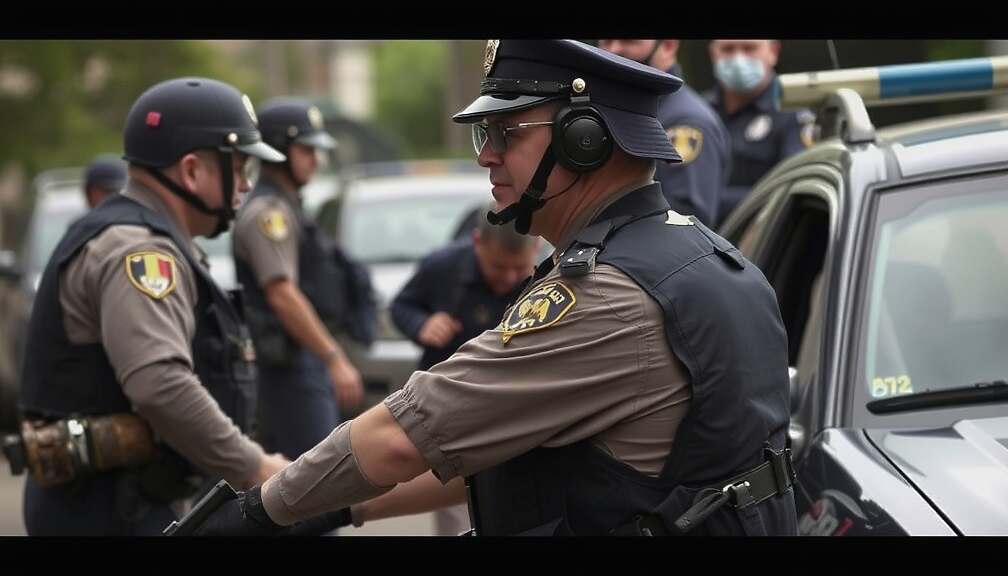The Federal Police (Bundespolizei) executed 22,454 outstanding arrest warrants throughout 2024, averaging 61 per day, according to a recently released annual report. This figure underscores a year of intense operational demands and highlights complex policy implications amidst shifting security priorities.
President of the Federal Police, Dieter Romann, characterized the UEFA European Championship, hosted within Germany, as the agency’s largest-ever deployment since its establishment in 1951. Upwards of 22,000 officers were actively engaged simultaneously, tasked with bolstering security at railway stations, borders and tournament venues. While the scale of this effort demonstrates a commitment to public safety, critics have questioned the disproportionate allocation of resources, particularly given ongoing concerns about rising crime in other areas.
Beyond the Euro tournament, the Federal Police provided security support for the Olympic Games in Paris and implemented intensified border controls since September 2024, responding to a heightened migration situation. These actions appear to have yielded a 34.5% reduction in irregular border crossings, totaling 83,572 instances, alongside a visible decline in human trafficking cases. The agency successfully identified 285,681 wanted individuals, representing a substantial 21% increase compared to the previous year.
Despite this apparent success in certain areas, the report reveals a concerning duality. While overall recorded crimes decreased by nearly 19%, including a reduction in violations of the Residence Act, more serious offenses-violent crimes, sexual offenses and property crimes-have risen. This suggests a potential displacement of criminal activity rather than a fundamental reduction in overall lawlessness, prompting calls for a more nuanced approach to policing strategies.
The Federal Police also facilitated the deportation of 22,234 individuals obligated to leave Germany, a process that has drawn criticism from human rights organizations and sparked debates regarding the proportionality and humanitarian implications of such measures. The data paints a picture of a law enforcement agency stretched thin, navigating complex political pressures while attempting to balance preventative measures with reactive responses to evolving security challenges. Further analysis is needed to determine whether the significant resource allocation and intensified policing efforts have truly yielded sustainable improvements in public safety or merely shifted the contours of the criminal landscape.












